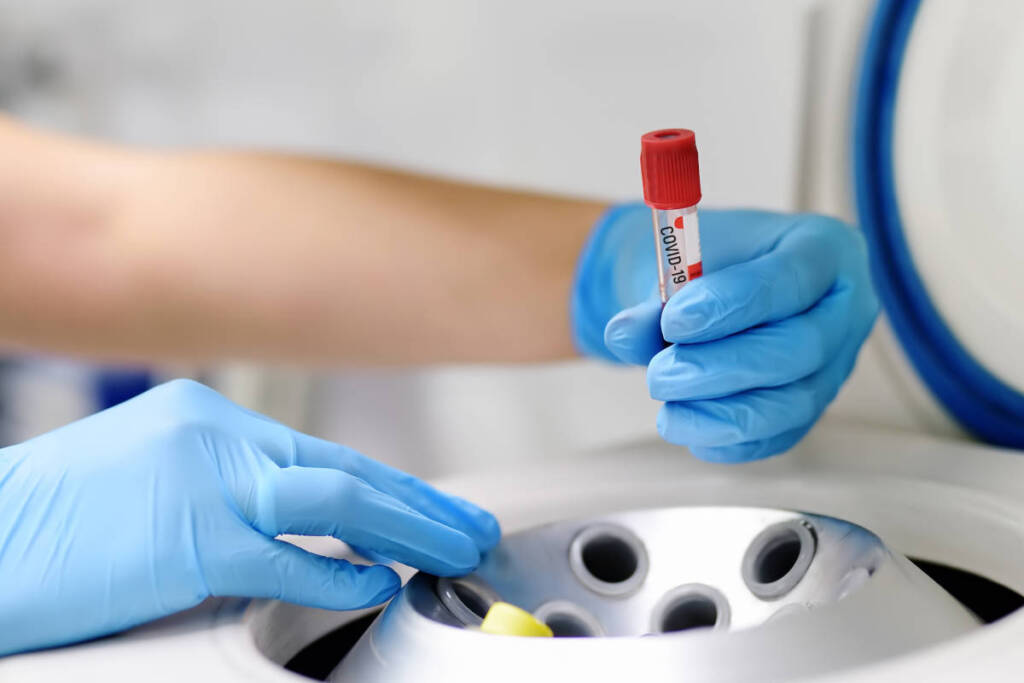Health
Citrobacter koseri infection, symptoms and treatment: maximum attention for children

Citrobacter koseri infection is very dangerous, especially for infants, the elderly and the immunocompromised: let's see the symptoms.
Citrobacter koseri are a group of bacteria that are usually contracted during hospital stays. The infection is very dangerous for newborns, the over 65s and the immunocompromised : let's find out the symptoms, the cure and the mortality rate.
Citrobacter koseri: what it is and what are the symptoms
Group of gram-negative bacteria that cause infections in humans, Citrobacter koseri mainly affect the urinary tract, but can also attack the respiratory system, bones and wounds, causing meningitis , sepsis (also neonatal sepsis ) and system damage central nervous. In most cases, Citrobacter koseri infection is contracted during hospital stays. Despite everything, interpersonal contagion is not excluded. In fact, these bacteria can be found everywhere: from water to soil, via contaminated food and the intestinal tracts of humans and animals.
Generally, Citrobacter are especially dangerous for children (especially those less than two months old), the elderly (over 65) and people with immune deficiency. The most common symptoms are:
- skin or deep-seated infections;
- redness, localized pain, swelling and pus;
- osteomyelitis;
- pneumonia;
- very high fever with chills;
- difficulty breathing;
- cough ;
- weakness;
- urinary infections, difficulty urinating and frequent urge;
- pain while urinating;
- pelvic and lower back pain;
- blood in urine;
- purulent urine;
- sepsis;
- general malaise;
- muscle aches;
- confusion.
In severe cases, septic shock can occur, with low blood pressure, quite dangerous meningitis (especially in newborns), necrotizing encephalitis, and brain abscesses. Citrobacter infection has a mortality rate ranging from 2 to 17.7% .

Citrobacter koseri: diagnosis and therapies
The presence of Citrobacter koseri is identified through a series of tests , such as: blood analysis, blood culture, urine culture, skin swab and susceptibility test. Then, some molecular and biochemical investigations are performed to identify the bacterium and choose the most effective therapy. Generally, a treatment based on one or more antibiotics is chosen.
Riproduzione riservata © - WT











